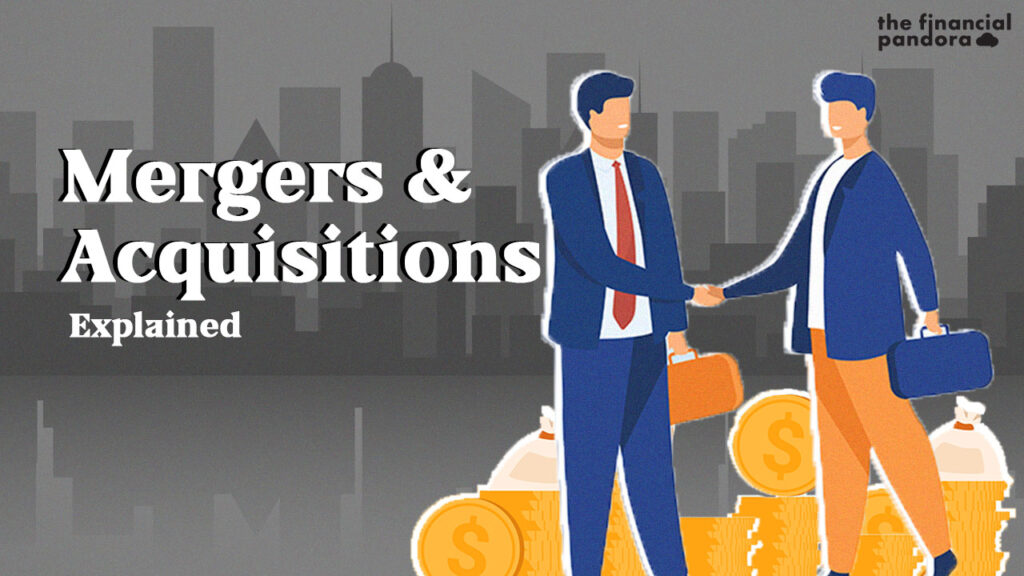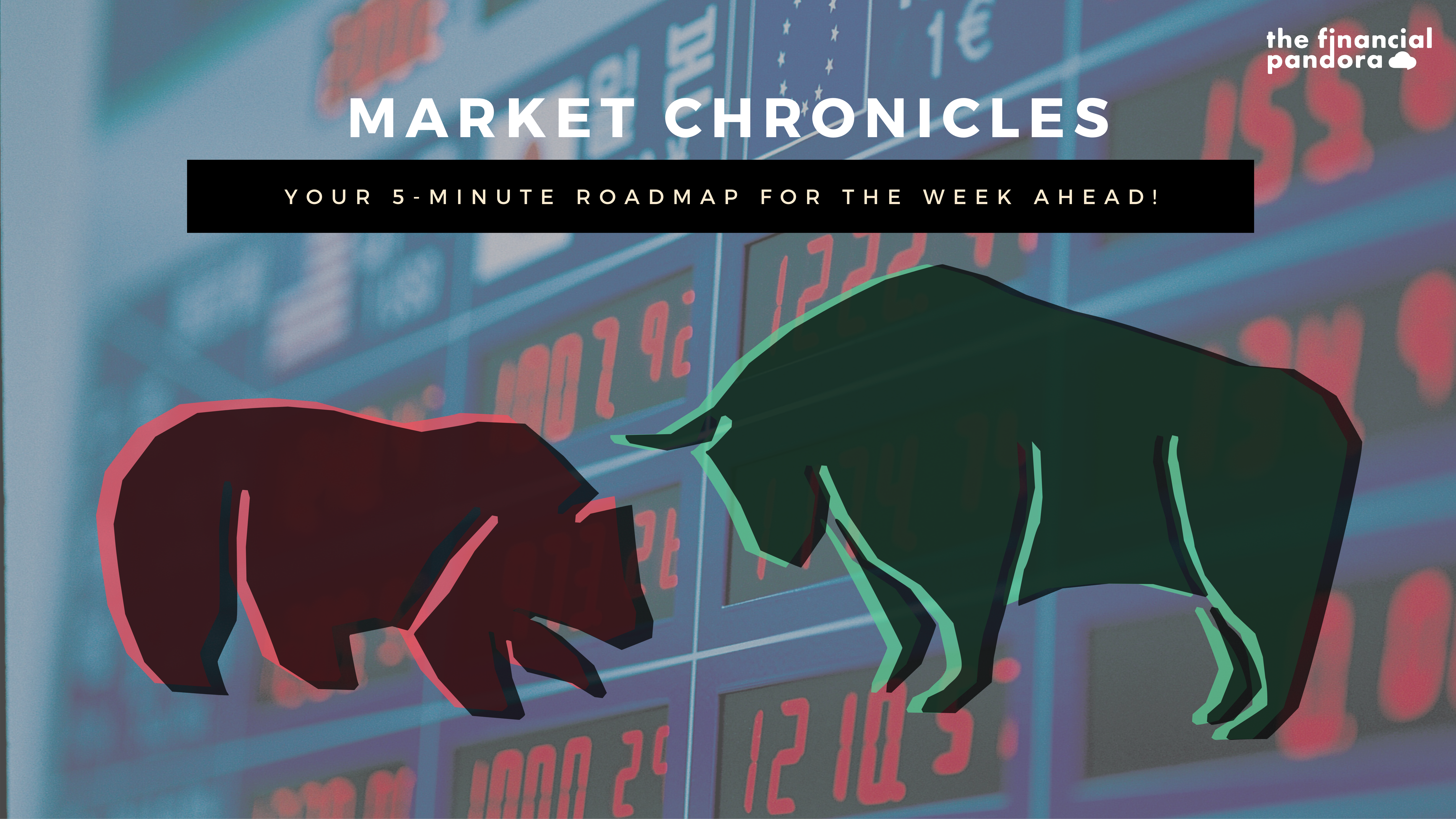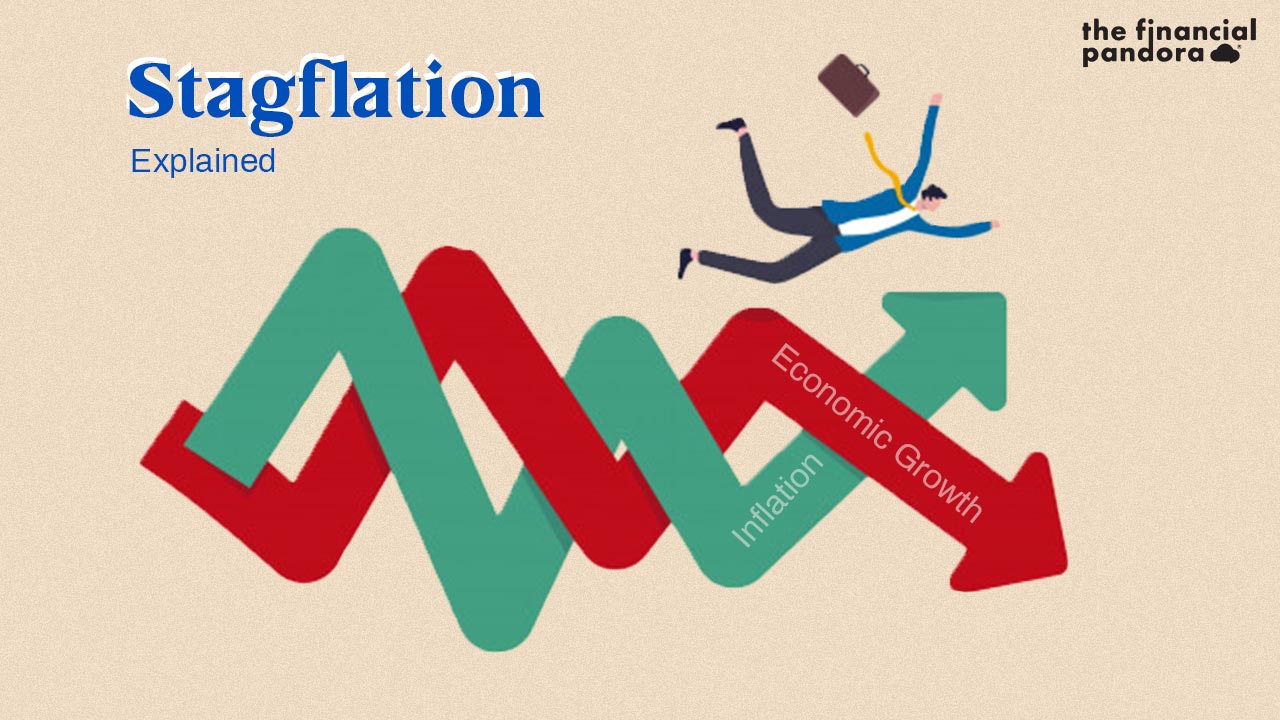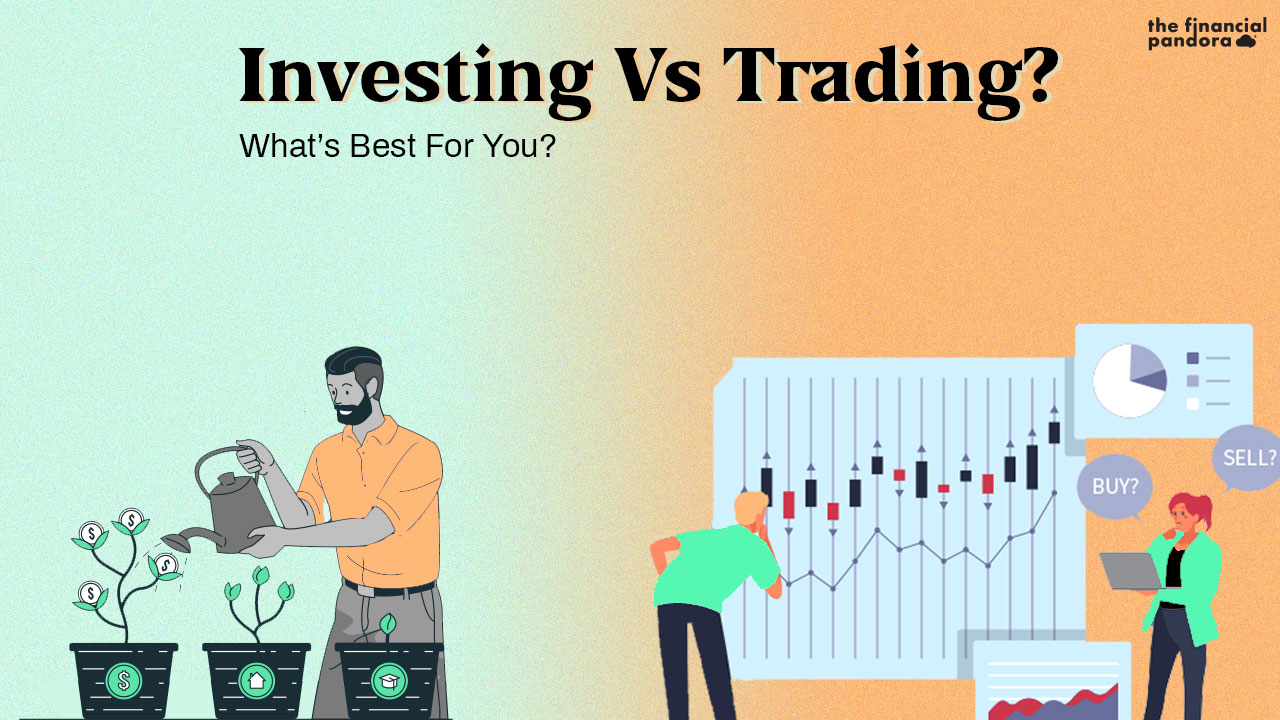“Amazon to acquire autonomous driving startup Zoox for £1.2 billion”
“E-health cos Medlife and PharmEasy in talks for $200 million merger deal”
“Is the Sony-Viacom18 merger in its final stage?”
“Uber to acquire rival Postmates for $2.65 billion”
What do these recent headlines have in common? All of them talk about the concept of Mergers and Acquisitions (M&A), which although talked about under the same breath, are quite different.
In mergers, two companies of similar size come under one roof to form a single new entity. Vodafone-Idea would be an excellent example here, these two rivals came together to start a new brand “Vodafone Idea Ltd.”
Acquisitions, on the other hand, occur when a large company absorbs a relatively smaller company, like how Walmart acquired Flipkart in mid-2018.
So why do companies go through the hassle of M&A?
Well, there are several reasons for it. One of the reasons is stronger market power. Take Voda-Idea, instead of competing against each other, they decided to join hands, bring in their customer bases and strengths together to fight other rivals in the telecom industry. This is an example of a horizontal merger.[1]
Another reason for an M&A deal is to unlock synergies[2]. Synergies can be due to cost reduction or higher revenues. Cost synergies are created due to economies of scale while revenue synergies are typically created by increasing market share or higher prices. Out of the two, cost synergies can be easily quantified and calculated.
For example, suppose a car manufacturer acquires the supplier of one of the raw materials used, say tires. This will not only bring down the operating costs, but it will ensure tighter quality control and efficient flow of information through a more robust supply chain.
Companies that operate in cyclical industries often feel the need to diversify their cash flows to sustain during non-favourable times. Acquiring a non-cyclical company helps in diversifying their risks due to fluctuations in the market[3].
Finally, higher growth also acts as an incentive as well. Inorganic growth[4] through mergers and acquisitions is usually a faster way to achieve higher revenues than growing organically, solely through operations. A company can gain by acquiring or merging with a company with the latest capabilities and innovations, without having to develop it internally. (like Indian IT companies acquiring startups for the new technologies they are working in, to put it simply)
M&A transactions can take place either through stock purchase and asset purchase. In a stock purchase, the company acquiring pays the target company’s shareholders cash and/or shares in exchange of shares of the target. Hence, the target’s shareholders benefit instead of the target itself. But in the asset purchase, the acquirer purchases the assets and pays the target directly. (that asset can be anything which the acquirer perceives as valuable)
Let’s understand using the example of a recent merging activity in Indian landscape: HUL and GSK
HUL, India’s largest packaged goods consumer company, acquired GlaxoSmithKline, largest player in the health food industry, in April 2020, making it one of the biggest consumers deal in the country. The collaboration is in line with HUL’s strategy to build sustainable and profitable food and Refreshment (F&R) business in India. GSK and HUL expect significant synergies through supply chain opportunities and operational improvements, go-to-market and distribution network optimization, scale efficiencies in cost areas such as marketing and optimization of overlapping infrastructure.
After the merger, which was to get completed in a year, GSK Plc was to become the second-largest shareholder in the merged entity with a 5.7 per cent stake while Unilever’s holding in HUL was to fall to 61.9 per cent from 67.2 per cent. The merger of GlaxoSmithKline Consumer Healthcare Limited with HUL has been based on an exchange ratio of 4.39 HUL shares for each GlaxoSmithKline Consumer Healthcare Limited share. This means that every GSK shareholder received 4.39 shares of HUL for each of their own.
Well, this was about mergers, what about acquiring activities? Recently the news of Amazon acquiring Zoox, an AI robotics company that provides mobility-as-a-service and self-driving car services, has been making rounds. While Zoox will continue to exist as a standalone business, according to Amazon’s announcement, with current CEO Aicha Evans continuing in her role, the acquisition is specifically aimed at helping the startup “bring their vision of autonomous ride-hailing to reality,” according to Amazon. So this doesn’t look to be immediately focused on Amazon’s logistics operations for package delivery but Zoox’s ground-up technology, which includes developing zero-emission vehicles built specifically for autonomous use, could easily translate to that side of Amazon’s operations. Although the full details remain disclosed, it is not surprising to see that due to the current COVID crisis, a whole lot of new businesses are available at lower valuations than pre-COVID era, especially in technology and innovations sector, which provides an opportunity for big names to purchase them cheap.
You may read how ‘Big Techs are on M&A spree in COVID-19 downtime’ by clicking here.
Sources:
The Economic Times
Follow Us @




